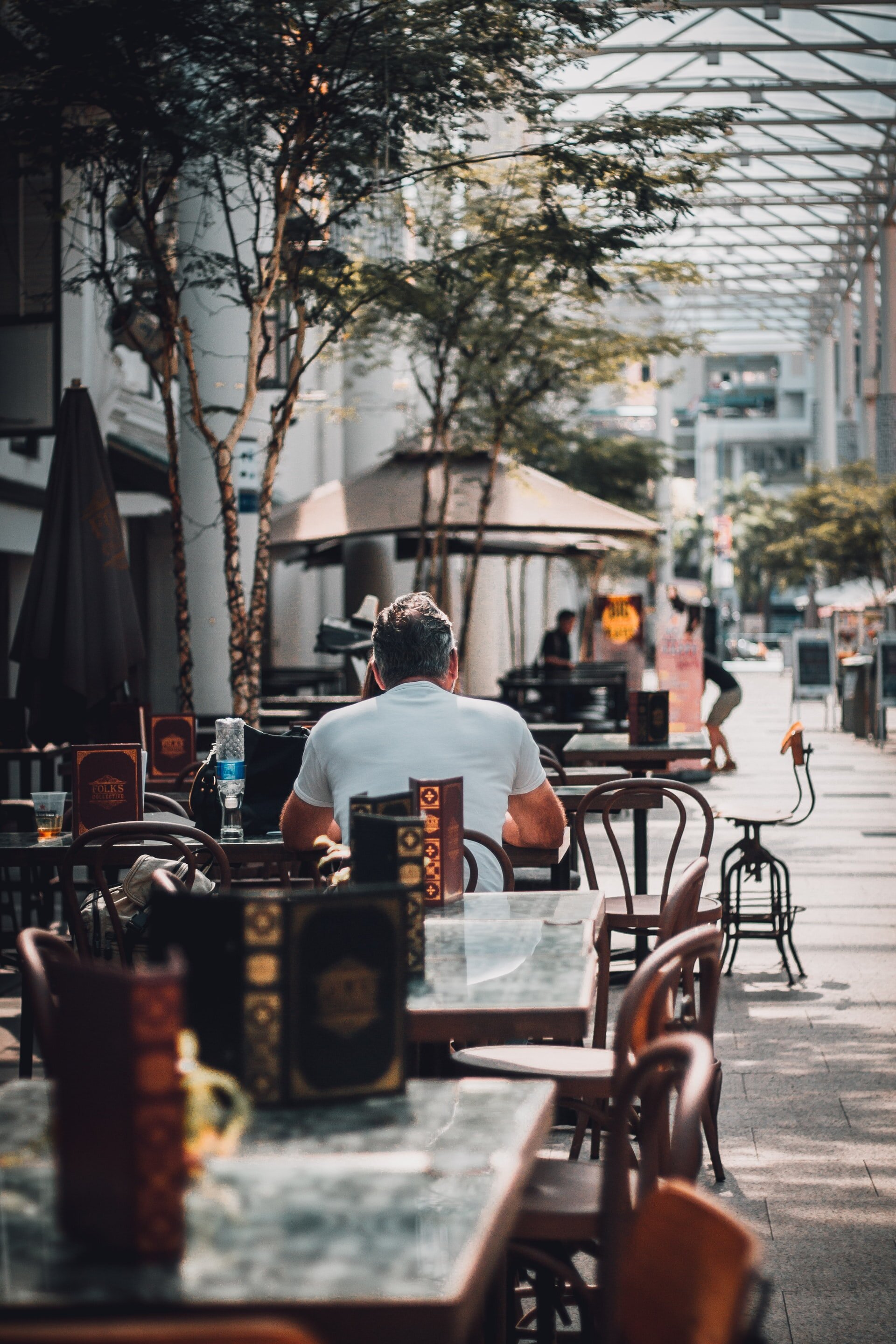In my last post I showed you the quiet charms of the beauty of New Zealand’s Hamilton City. Now take a look at Singapore, coming in assuredly at number 11 in the world for comeliness among cities, after (1) Paris, France (2) New York, United States (3) London, United Kingdom (4) Venice, Italy (5) Vancouver, Canada (6) Barcelona, Spain (7) Cape Town, South Africa (8) San Francisco, United States (9) Sydney, Australia (10) Rome, Italy in a list of 50 cities compiled by Canada-based online travel agency Flight Network.
Photo by Coleen Rivas on Unsplash
In her information about this photo, Coleen Rivas writes: “I was on a layover in Singapore and decided to visit the Super Tree Grove at Gardens by the Bay. I arrived in the late afternoon and the lighting was brilliant. This is taken from the walkway connecting the trees. Just an amazing site to visit, especially at sunset.”
Photo by Guo Xin Goh on Unsplash
Sweet, eh?
Photo by Philippe Dehaye on Unsplash
A Hindu temple in Chinatown.
Photo by Lily Banse on Unsplash
Chinatown.
Photo by Teodor Kuduschiev on Unsplash
The ancient and the modern.
Photo by hannah persson on Unsplash
A biking trail.
Photo by Jonathan Khoo on Unsplash
An MRT, or Mass Rapid Transit, train in Singapore.
Photo by Jia Wei Ng on Unsplash
Inside an MRT station.
Photo by Euan Cameron on Unsplash
Inside an MRT train.
Photo by Mike Enerio on Unsplash
The Marina Bay Sands hotel.
Photo by Lily Banse on Unsplash
A beer on a weekday evening…
Photo by Lily Banse on Unsplash
or a snack at lunch…































